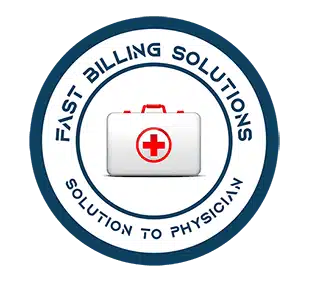Medical billing & coding convert patient records or encounter into a specific language. Healthcare facilities or physicians use it to get reimbursements and submit claims. Medical billing and medical coding are separate procedures. However, both are essential for healthcare providers to get payments for their services. This blog covers all the basics of medical billing and coding.
Basics of Medical Billing
Medical Coding
When a patient visits the hospital, healthcare facility, or physician’s office, the patient information is kept in records. It includes the types of procedures, items, or services performed. Complete and accurate clinical documentation is significant during the encounter of patients for billing & coding.
If something is not present in the patient’s medical record, the provider cannot bill it or code it. Providers use this clinical documentation whenever there is a conflict about claims to justify reimbursement. Here are the different codes that medical coders use during the coding process:
- ICD10 Diagnosis
- HCPCS and CPT Codes
- Charge Capture
- Facility and Professional Codes
If there are errors in medical coding, the provider will not receive reimbursement for the services they provide.
Medical Billing
It is the process that allows healthcare providers to submit insurance claims. Through medical billing, they tell patients how much they need to pay against the healthcare services they get. There are front-end and back-end medical billing processes. Front-end billing starts right when medical coders are translating healthcare records.
Both back-end billers and medical coders use patient information and codes to create the healthcare bill. The medical billing bill includes the following information:
- Patient information (patient data, including name, DOB, first symptom date, insurance information, etc.)
- Provider information (name of rendering provider, signature, location, NPI, attending physician, etc.)
- Visit information (service date, diagnosis codes, procedure codes, authorization information, code modifiers, etc.)
Providers can also include comments or notes on the bill for preparing claims. So, these are the basics of medical billing that you should know.
You May Also Read: Benefits of Automated Medical Billing
